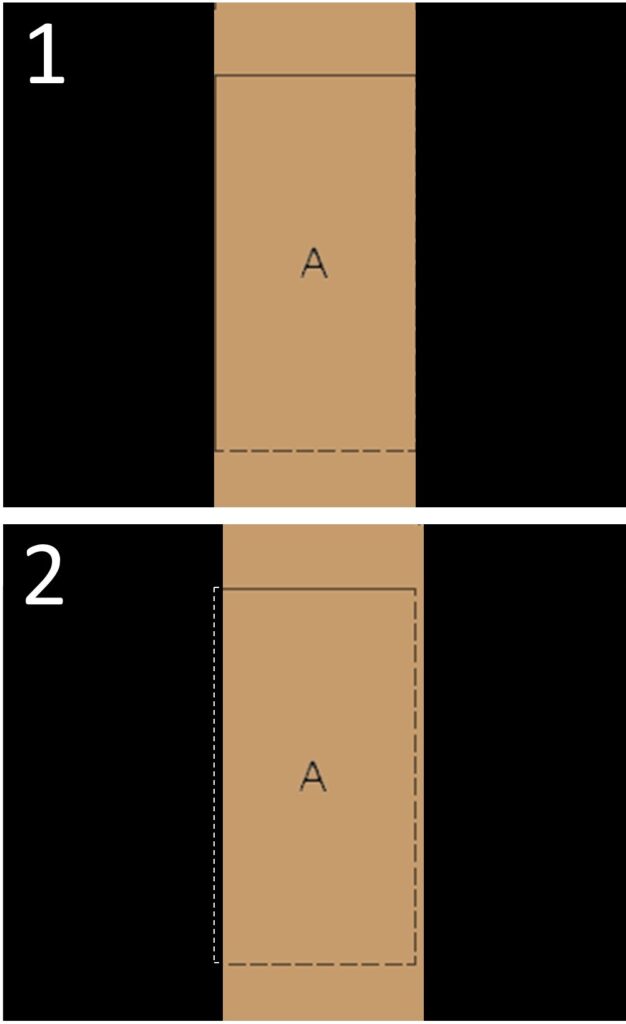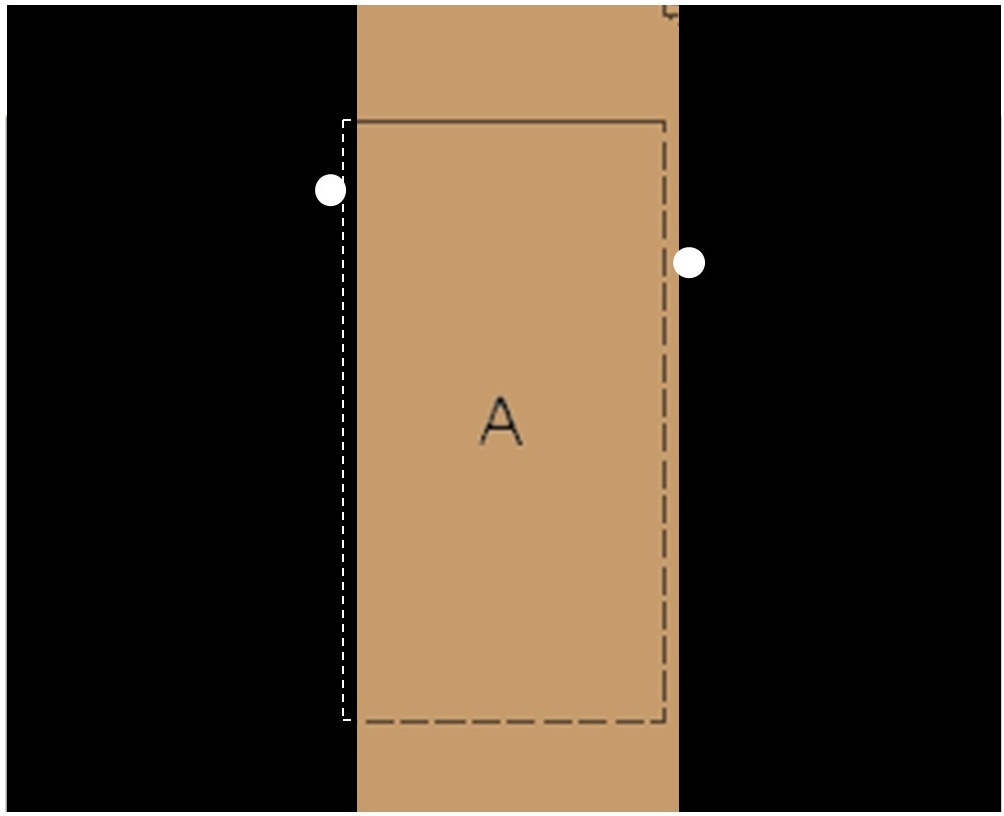Whether you paint your own hard cover targets or purchase pre-painted ones, it is important to check the targets to ensure they have the edge of the hardcover in the right place. We don’t score targets on the ‘intent’ of where the hard cover edge should be and hard cover targets need to be consistent for the entire match.

Here is what I mean about correct hard cover edge placement. Let’s say the stage calls for a tuxedo/skunk target that has hard cover on both the left and right sides of the target up to the lower A-zone perforations. That hard cover edge needs to be right at the perforations. Not over or short of the perforations. Especially if that target is going to be replaced over the course of the match. In the picture, target 1 (top) has the hard cover correctly placed up to the A-zone perforations. When making your own hard cover targets always use black tape along the edges between the hard cover and scoring target to ensure the border is nice and crisp. On target 2 (lower) the hard cover is past the perforation into the A-zone on the left side and short of the A-zone on the right side. This lower target is not an acceptable target to use on classifiers that call for a tuxedo target. But could be used on a general stage if all replacement targets were the same unusual offset. Or the lower target can be repaired with strips of black and brown tape to make the hard cover boundaries align to the A-zone perforations.

Why is it important to have the hard cover edges where they need to be? Because we score by what we see on the target. For example, consider the hits on the target in this diagram. The hit on the left touches the A-zone perf, but that perf does not exist inside the hard cover zone. Since that hit is wholly within the hard cover, it scores as a a miss. The hit on the right touches the scoring area, but will be scored as a Charlie because it is not touching the A-zone perf.
ROs shouldn’t be saying things like, “The hard cover is supposed to be at the A-zone perforation.” That is not what the rules say about target scoring. And improper hard cover positions are stage set up issues. Like I said before, if a classifier calls for a tuxedo or left-side or right-side or diagonal hard cover target, make sure those hard cover zones are where they need to be per the setup instructions. If they are not, you will have some unhappy customers who are within their rights to request reshoots for improper targets after the correct targets are added to the classifier. It only takes a few minutes to check your hard cover targets and fix them if needed.